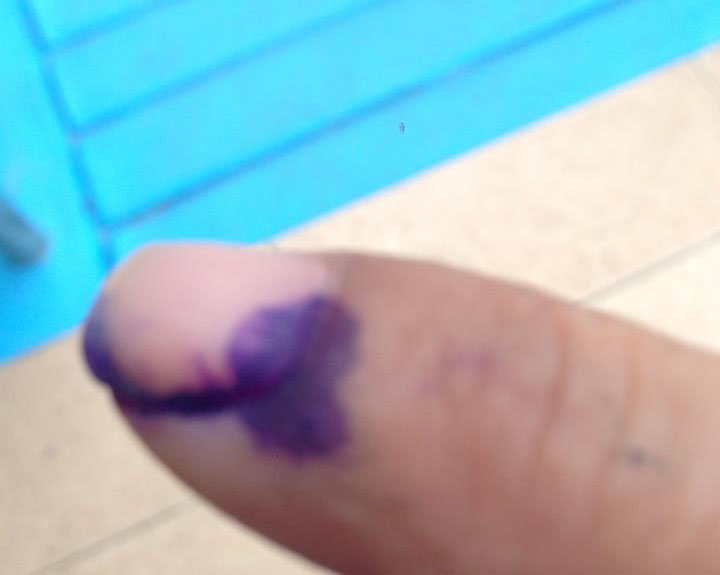Observance of Philippine Flag Days: May 28 to June 12

This year’s celebration of National Flag Day spearheaded by the National Historical Commission of the Philippines (NHCP) is in line with the 113th anniversary of the proclamation of Philippines on June 12.
The Interior and Local Government department encouraged the display of the Philippine flag from May 28 to June 12.
In a memorandum circular, DILG secretary Jesse Robredo suggested that “flags be put up in every home, government building, school, university, hospital, restaurant, hotel, mall, bank, and other significant public place.”
This is in accordance to Section 26 of the Republic Act No. 8491 or the The Flag and Heraldic Code of the Philippines, which orders all offices and public venues to display replicas of the flag.
In case the flag is not hoisted on a pole, it can be displayed hanging in a vertical position with the sun and stars on top and such that the blue field points to the east if the road is heading south or north, or pointing to north if the road is heading east or west, as prescribed by law.
The Philippine flag of royal blue, red and white as we know it today was sewn by Marcela Agoncillo in in Hong Kong and was first displayed in battle on May 28, 1898. It was formally unfurled during the proclamation of Philippine independence on June 12, 1898, by President Emilio Aguinaldo. The eight rays represent the first 8 provinces that revolted during the 1896 Philippine Revolution.
OP website Flag Day fiasco
Presidential Communications Operations Office (PCCO) head Herminio ‘Sonny’ Coloma Jr. took responsibility for the inverted Philippine flag erroneously displayed on the Office of the President (OP) website yesterday.
Coloma said “the concerned employee immediately reported to his superiors the incident after he realized the mistake and took down the inverted flag.”
The OP website promoted the Philippine flag Day celebration on May 28 to June 12 but displayed the Philippine flag upside down, with the red field on top of the blue fieldindicating the country is at war.
“Often, the flag is displayed with the blue field on top to signify peace and independence, while the red field is displayed during war, which means that the flag is also a “war ensign.”Reversal of the flag happened only in three events – during the 1896 Revolution, World War II, and 1986 Edsa Revolution.”
OP immediately took down the post. The Malacanang official said it was an ‘honest mistake committed in good faith.’ Coloma further said in a GMANews.tv report, that the OP will “adopt strict measures to ensure the accuracy of pictures and articles they post.”

